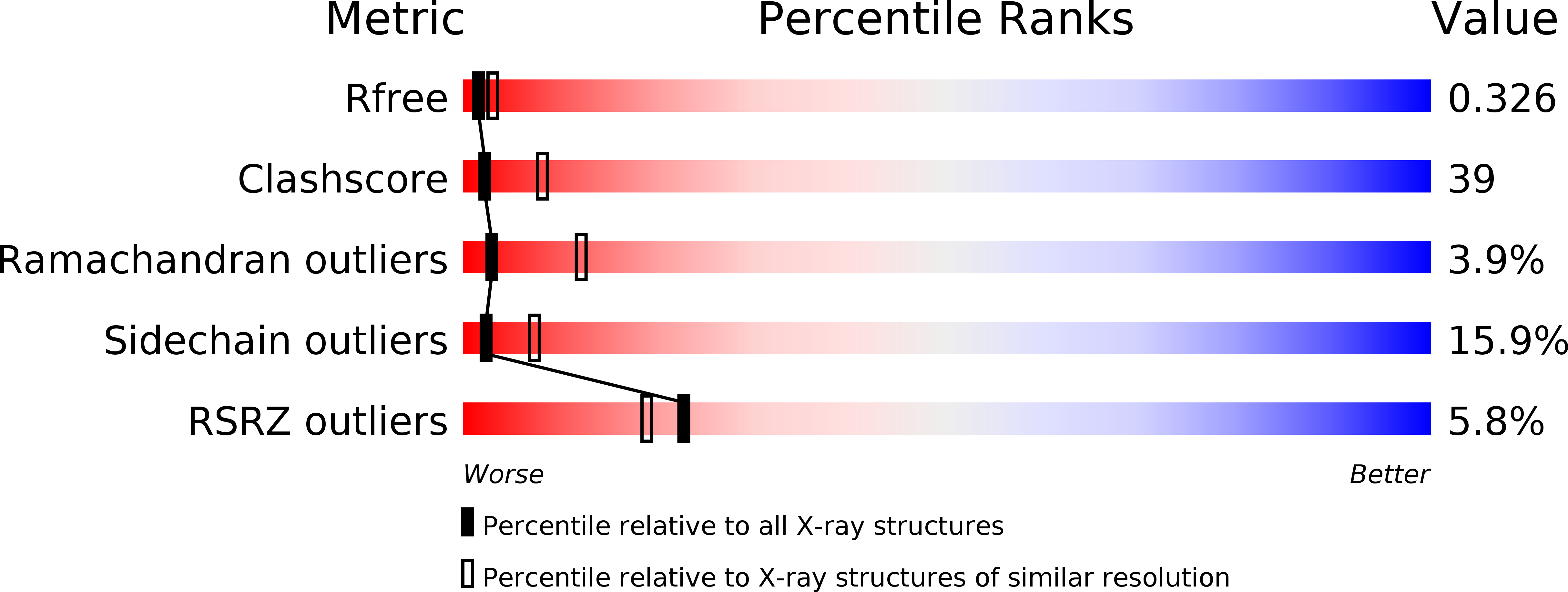
Deposition Date
2010-10-23
Release Date
2011-01-12
Last Version Date
2024-11-13
Method Details:
Experimental Method:
Resolution:
2.90 Å
R-Value Free:
0.33
R-Value Work:
0.25
R-Value Observed:
0.26
Space Group:
P 61 2 2


